Google Pixel Tablet review: half tablet, half home hub
Google's Pixel Tablet doesn't just want to be a tablet, it wants to be your home hub too

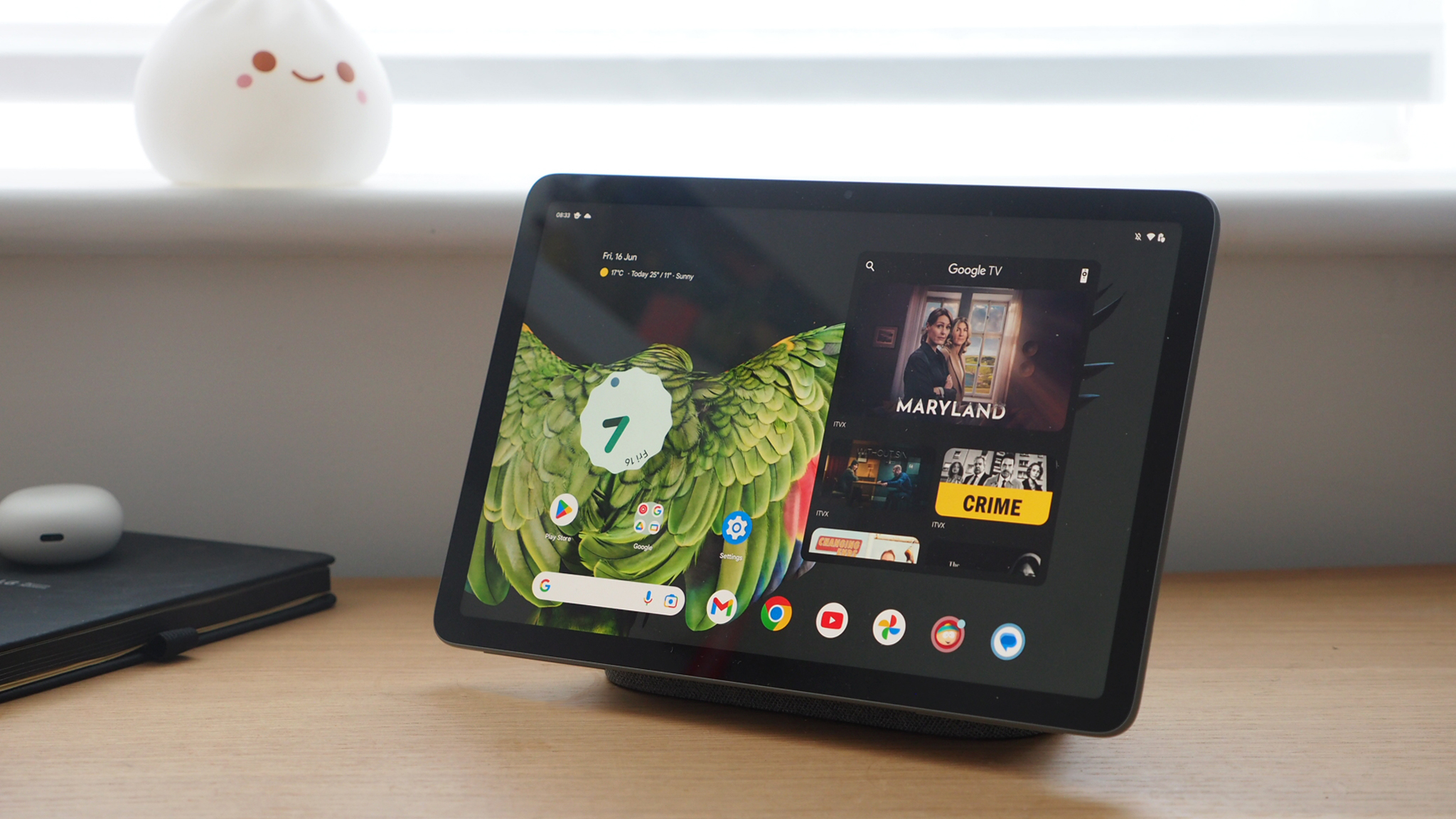
The Pixel Tablet is a really interesting reimagining of what Google sees a tablet as being. But as the wannabe hub of your home, while still offering great battery life when used handheld for content consumption, it's hard to see who this new slate is really aimed at – especially at this price point.
-
+
Chromecast built-in for easy content sharing
-
+
Decent battery life when off the dock
-
+
Dock included for home hub-like use
-
-
Dock inclusion makes it more home hub than straight-up tablet
-
-
Android OS on tablets still not the best
-
-
Screen only has 60Hz refresh rate
Why you can trust T3
What are tablets all about these days? Most people I ask automatically default to talking about their iPad, given Apple's best slates are so synonymous with the market. Which, anecdotally, isn't good news if you're an Android tablet maker, right?
It's clearly been food for thought for Google, too, which had taken a five-year hiatus from tablets since launching its Pixel Slate back in 2018, before finally delivering this much-anticipated 2023 new product and the star of this review: the Google Pixel Tablet.
But the world has changed – as has Google's stance. In the past five years the search giant's hardware, such as the superb Pixel 7 Pro flagship phone, has really elevated its position. Yet rather than make the Pixel Tablet akin to a 'Pixel 7 Pro XXL', Google has gone down a whole other avenue.
From my perspective, and having used the Pixel Tablet for the past fortnight, the inclusion of its magnetic speaker dock in the box positions it more as a mobile home hub, which I posited as a kind-of 'Nest Hub Luxe', not as a straight-up tablet product.
So has Google cracked it? Is the Pixel Tablet the best tablet you're ever likely to use? Or is it more a case of suffering from an identity crisis? That's what I'll be exploring in this Google Pixel Tablet review...
Google Pixel Tablet: Price & Availability
The Google Pixel Tablet is on sale right now, priced at £599 in the UK, $599 in the US, and AU$899 in Australia. In all instances it includes the speaker dock, although if you want an additional one that can be purchased separately so you have an extra in your home (maybe one in the kitchen, one in the bedroom, for example).
When I first heard the price at the Google I/O reveal event, I did think it was quite expensive. However, for context, the iPad Air (2022) costs more, while Samsung's Galaxy Tab S8 products are even pricier again (especially the top-of-stack Ultra). Neither of those feature a dock.
Get all the latest news, reviews, deals and buying guides on gorgeous tech, home and active products from the T3 experts
Perhaps Google has been rather more savvy with pricing here than my initial read of it, although you may only agree if you're looking for more of a home hub product type – and as a Google Nest Hub replacement the Pixel Tablet is a far pricier alternative.
Google Pixel Tablet review: What's new?
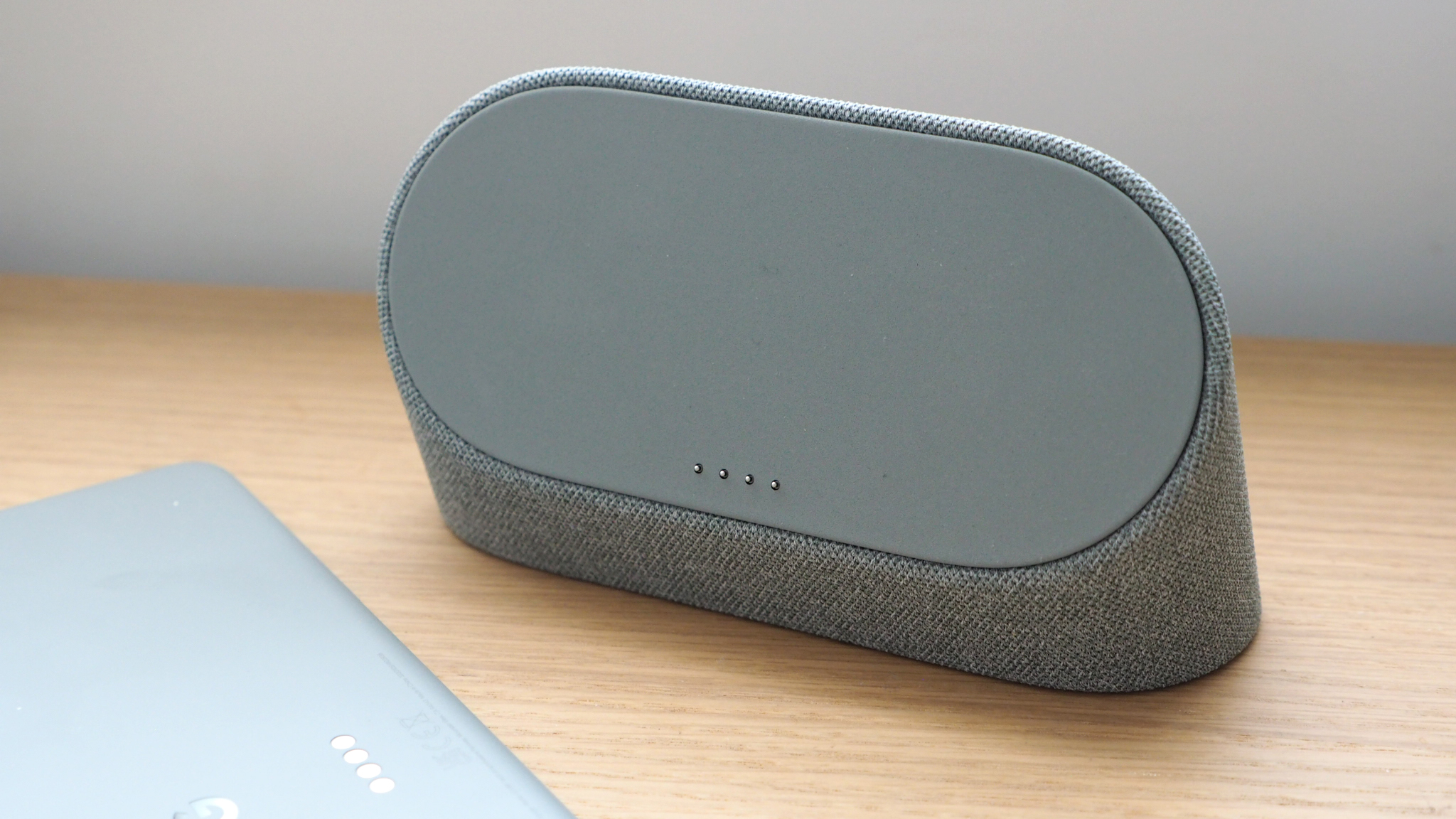
In a word: everything. The Google Pixel Tablet is a whole new product, with a whole new name, and doesn't directly expand on an existing product range. That said, being an Android tablet, and embodying Google's software, it is, well, a whole lot like other Android tablets.
The big change comes in Google's hardware, though, as back in 2021 it began to develop and implement its own chipsets, called Tensor, and at the heart of the Pixel Tablet is the very same Tensor G2 as you'll find in a Pixel 7 Pro. In a sense, then, this tablet is every bit as powerful as said phone – so you can use it across multiple apps confidently with no threat of poor performance.
And while I still stand by the fact the Pixel Tablet isn't simply a Pixel 7 Pro XXL, a number of design traits do carry over from phone to tablet. Namely the Hazel colour option, which is delivered a nice soft-touch finish and shiny 'G' logo on the rear (there's also Porcelain, an off-white option, if preferred).
But the biggest "what's new?" aspect of the Pixel Tablet is really the dock. It's the reason why the tablet's body has four exposed discs on the rear, which are used for charging once magnetically connected to the dock. I like the thought that's been put into ensuring the position is raised and angled, the magnetism is strong enough, and the material-clad unit even acts as a speaker enhancement for better audio.
Google Pixel Tablet review: Design & Display
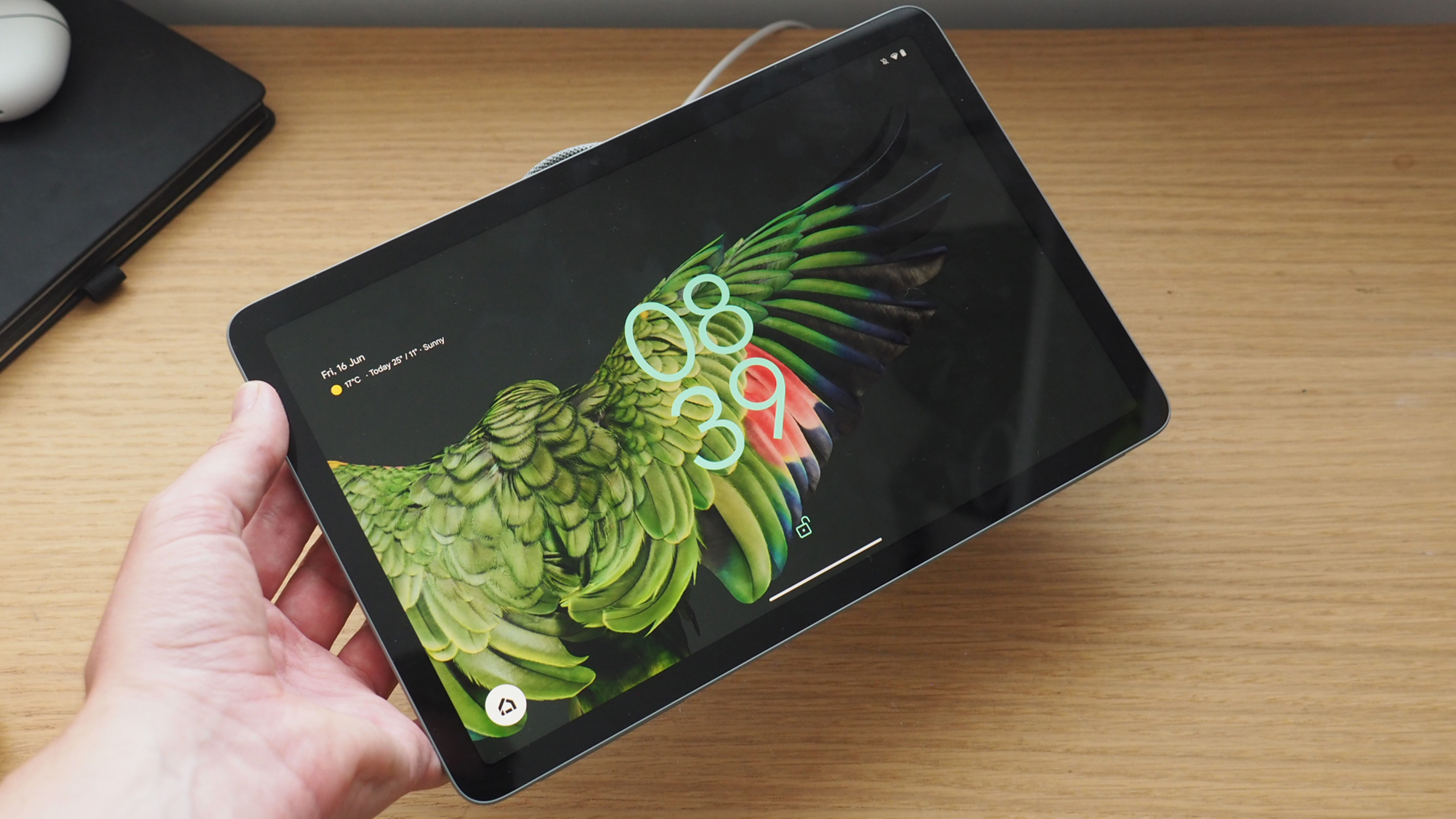
Principal to making the Pixel Tablet, you guessed it, an actual tablet, is the associated form-factor and screen size. Here you get an 11-inch screen, with that diagonal measure sitting across a 16:10 aspect ratio all in.
Recent Google hardware launches have been rather bold with their bezel, such as the Pixel 7a mid-level phone, meaning rather a lot of the black stuff (not the drink, sadly) to the edges. That's the case with the Pixel Tablet, too, with an 80 per cent screen-to-body ratio owed to the bezel – although that's entirely necessary in a product you're going to hold in your hands, so I find it no bother here.
The display is an IPS LCD, so no OLED panel as you'll get in the best flagship phones here, with a 1600 x 2560 resolution delivering a 276ppi pixel density. That's not especially high, given the Pixel 7 Pro is 512ppi, not that I've really 'suffered' when using the Pixel Tablet – it looks perfectly fine, whilst not being a mind-blowing screen at the same time.
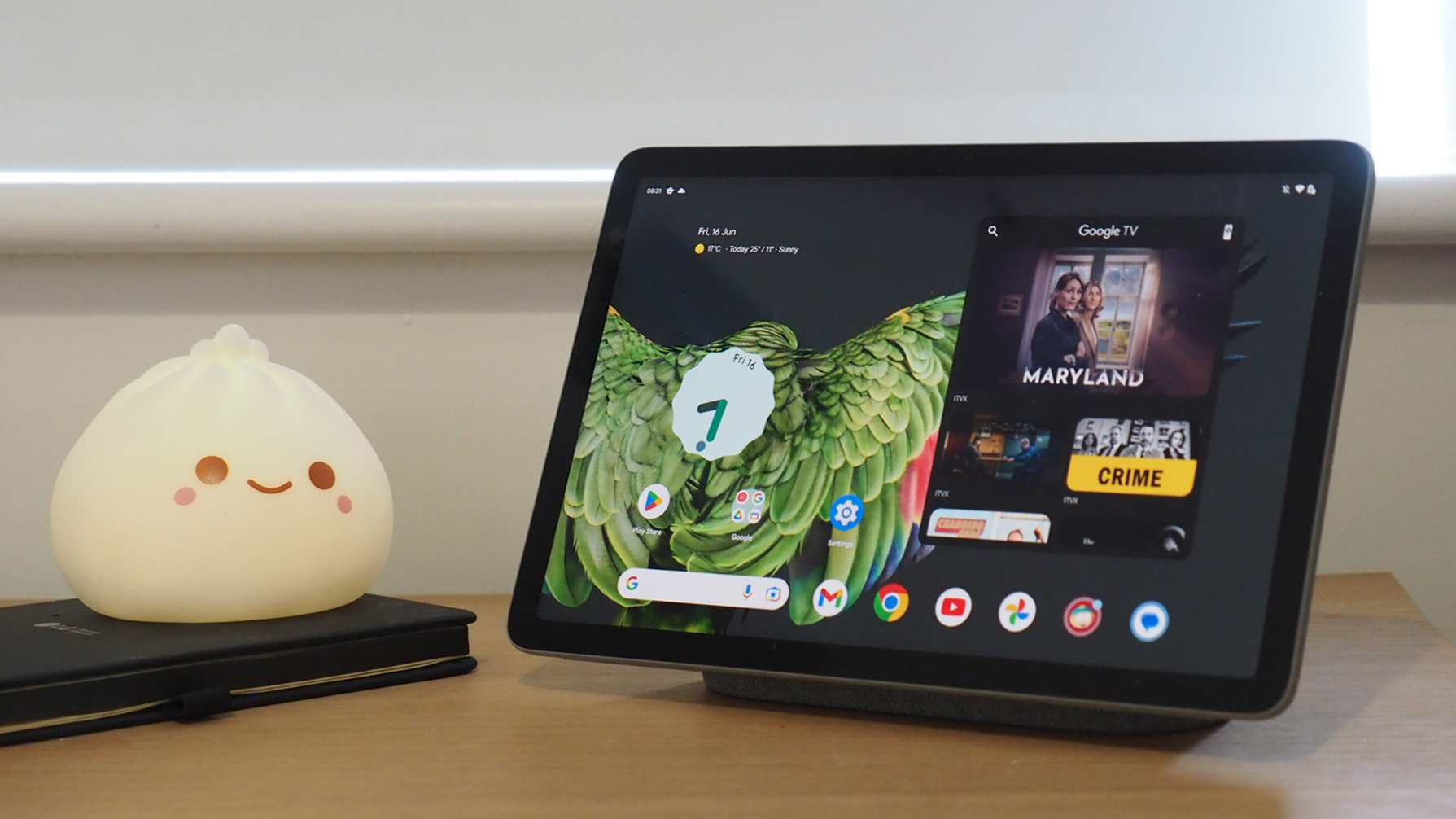
The display's aspect ratio is more geared towards content consumption than an equivalent iPad (which have 4:3 aspect ratio screens), and without the option for official clip-on keyboards (yet, anyway), I get the feeling Google is more geared towards fun than work. There is stylus compatibility, though, not that one is included.
Design-wise, therefore, the Pixel Tablet feels like a major move away from the Pixel Slate, the older and more work-oriented tablet that you'll always see in photographs with all the keyboard mod cons attached and looking very official. The Pixel Tablet, mounted on its dock, is an entirelty different proposition that wants you to go all-in with Google Home, Google Assistant, YouTube and the like. I certainly use it very differently than I do my Google Pixel phone.
Whether this design solution will suit you is an open-ended question, though, as if you already possess a phone and a Google or Amazon hub then, as I've found, the use-cases for the Pixel Tablet are a little limited. I've not associated it with my work or personal account sign-ins, for example, because for me it acts best as a family-accessible product with access to Home, heating controls, Ring video doorbell, Netflix, etcetera. But as I can access these things also via my phone and TV, I've often simply overlooked the Tablet route.
Which brings me back to the opening gambit of this review: is the Google Pixel Tablet having an identity crisis? It wants to be a tablet, but also a home hub in equal measure. And are people going to rush out to buy such a product right now, especially in current economic climate?
Google Pixel Tablet review: Performance & Battery

Use it as a tablet, however, and the Pixel Tablet does shine when it comes to things like battery life. In addition to using it per normal, where the battery is typically held to 90 per cent thanks to being connected to the dock, I also tested standby time and streaming time during my review process.
The standby time part was actually by accident: turns out you can magnetically attach the Tablet to its dock but not quite align the pins and therefore fail to get a recharge. I went away on business and three days later came back, noting the tablet had dropped 12 per cent battery per day over that period. Still good, though, providing over a week if you happen to leave it laying around the house (which is what tablets are very good for).
The streaming time I was particularly impressed with: using the Pixel Tablet to stream a video from YouTube in the background, brightness up three quarters, sound on, it kept chugging away no problems, serving up 16 hours overall. So for a Netflix binge, whether away from the main TV, whilst travelling (you can download content offline, which will be even better for the sake of no Wi-Fi power drain), there's great potential.
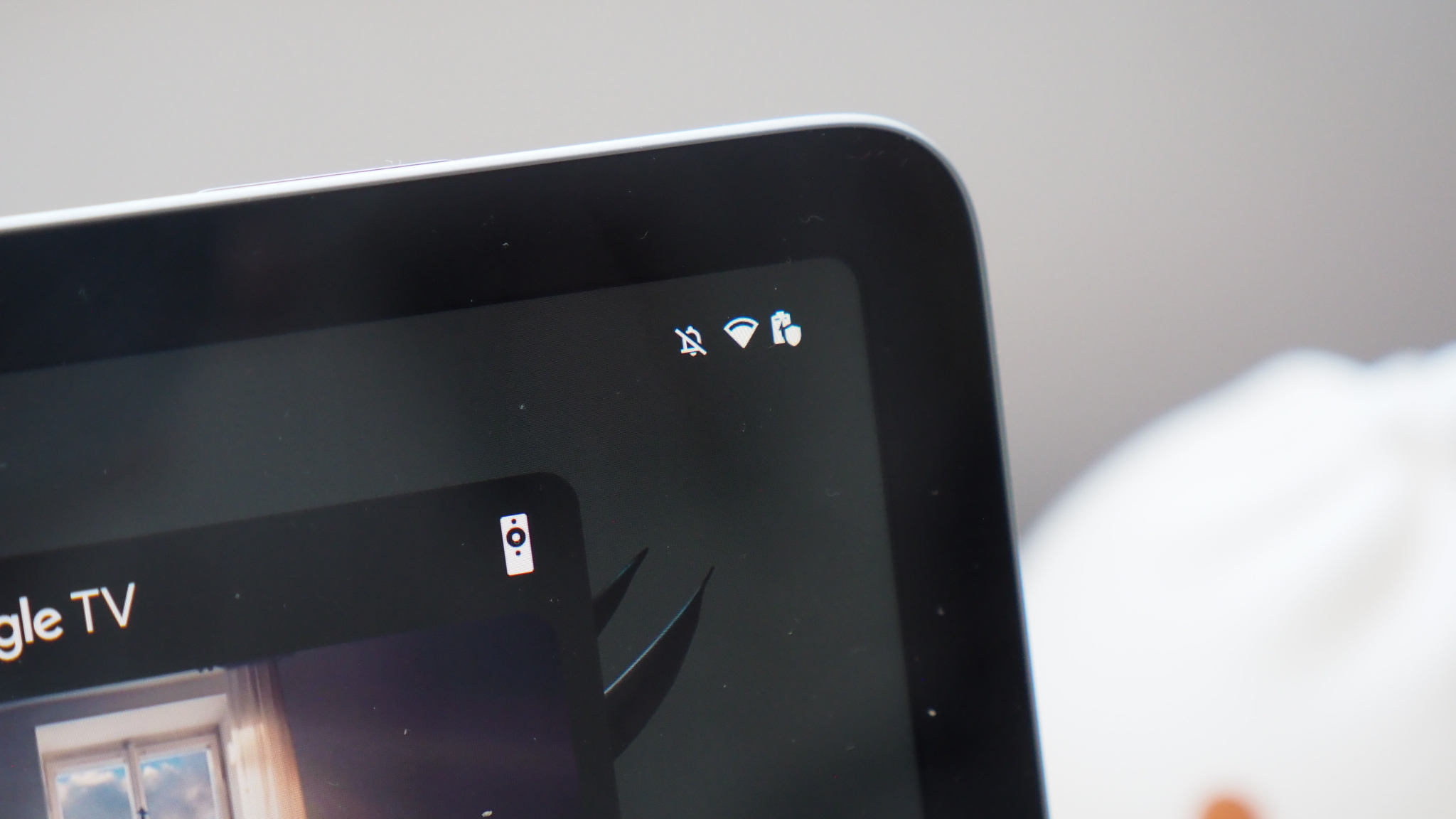
There's strong potential for gaming and apps, too, and I've dabbled in playing my go-to Android titles on the bigger screen, which can be a fun alternative way to play. The upgrade from 6.7-inch to 11-inch is significant, to say the least, and with Tensor G2 handling everything you'll get decent capability.
But why only a 60Hz refresh rate, not 90Hz or 120Hz like its other Pixel products, I really can't figure out. Even worth it just for smoother Twitter scrolling, surely? That seems like a step behind for a tablet that costs as much as this.
Also I'm maybe being unfair calling it a fancy Google Nest Hub Max. The Pixel Tablet is far less limited and much more fluid to use by comparison. It really brings Android to the larger screen proper, and it's that fluidity in use that's the key difference.
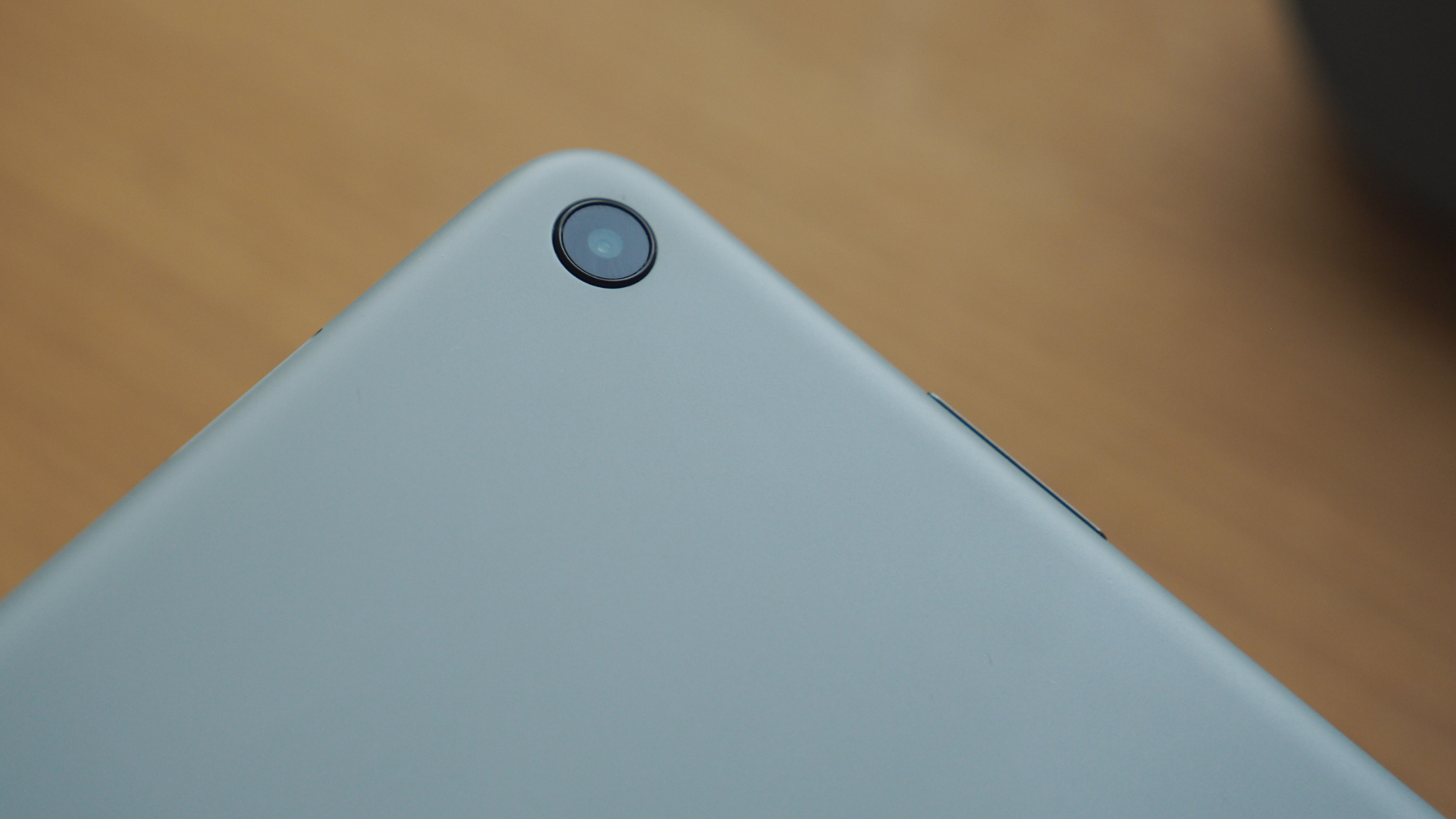
However, I will say that Android on tablets still doesn't have its game quite right; it's not the perfect operating system for tablets. Yes, you can split screen to get better left-right divide, and some apps will spread themselves across the larger format to better effect (from Settings, to GMail, and so forth). But the 'massive phone' sensation during use is hard to skip, and on a bigger screen that doesn't feel as natural as, daresay, Apple's iPadOS on its tablets.
There are some interesting handover features on the Pixel Tablet, too, including built-in Chromecast, making it super easy to push content from, say, your phone to the tablet's larger screen. I've found when using my Motorola Razr 40 Ultra that connectivity is super quick and easy, which is a great touch.
I should also use this section to touch upon the camera. Given how impressive Google's Pixel phones tend to be around their photography capabilities, the simpler 8-megapixel offering on the Pixel Tablet isn't all that by comparison. That said, you can utilise special Google-only tools, such as Magic Eraser (and perhaps Magic Editor soon?), to your advantage. So it's better than most tablets in that regard, not that I would particularly encourage making going out and taking pictures with your tablet a priority...
Google Pixel Tablet review: Verdict

The Pixel Tablet is a really interesting reimagining of what Google sees a tablet as being. No longer is it work machine-focused like the older Pixel Slate. Nope, the Pixel Tablet is the wannabe hub of your home, while still offering great battery life when used handheld for content consumption.
That said, however, I don't really know who the Pixel Tablet is aimed at. Its straddling of multiple camps and the inclusion of the dock in the box makes it half home hub, half tablet in effect – and is that even something you're even in the market for, especially at this price point?
With Android still not being the perfect operating system for larger-screen systems, and the Pixel Tablet going a little light on the display – 60Hz refresh only, a resolution behind Google's flagship phones, and not using an OLED panel for extra oomph – the question mark over where Android tablets belong hasn't been answered insomuch as rephrased.
Yes, Google's hardware is on point, its proposition is different, and it can still make a killer tablet. The Pixel Tablet is clearly demonstrative of that. I just don't know who's likely to go out and actually need to buy one.
Also consider
If you're in the market for a home hub only then look to the Google Nest Hub Max – which will cost you a third of the price and, while slower and more restricted in use, is a solid option.
If it's a tablet you seek then the non-Android clear competitor is the Apple iPad Air (2022), which paired with accessories is a great workhorse and/or fun slate with a preferable operating system in my view.
Want something a bit cheaper in the Android market? The OnePlus Pad will save you a chunk of change, ditch to the dock, and deliver a more traditional experience.

Mike is T3's Tech Editor. He's been writing about consumer technology for 15 years and his beat covers phones – of which he's seen hundreds of handsets over the years – laptops, gaming, TV & audio, and more. There's little consumer tech he's not had a hand at trying, and with extensive commissioning and editing experience, he knows the industry inside out. As the former Reviews Editor at Pocket-lint for 10 years where he furthered his knowledge and expertise, whilst writing about literally thousands of products, he's also provided work for publications such as Wired, The Guardian, Metro, and more.
